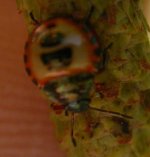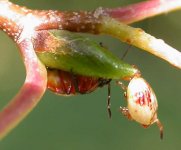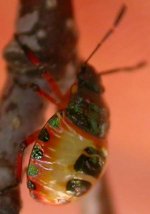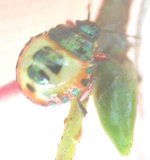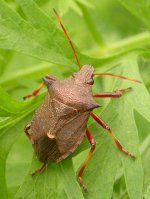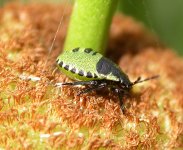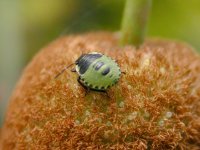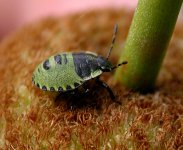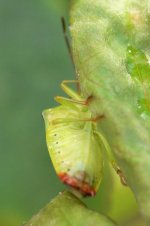steve covey
Jack of all Orders - Master of None
Hi Tony, I think you'll find that all those nymphs are of Dock Buck; they are just different instars. Most species change shape, markings and colour at each nymphal stage. Bit of a nightmare I know and few [if any] guides show all of them.colonelboris said:And the last one...
Another nymph, of one of the previous types(?).
There were others, but I couldn't get in the brambles to photograph them.
Any ideas on ID?
Thanks,
Tony
Cheers,
Steve.




